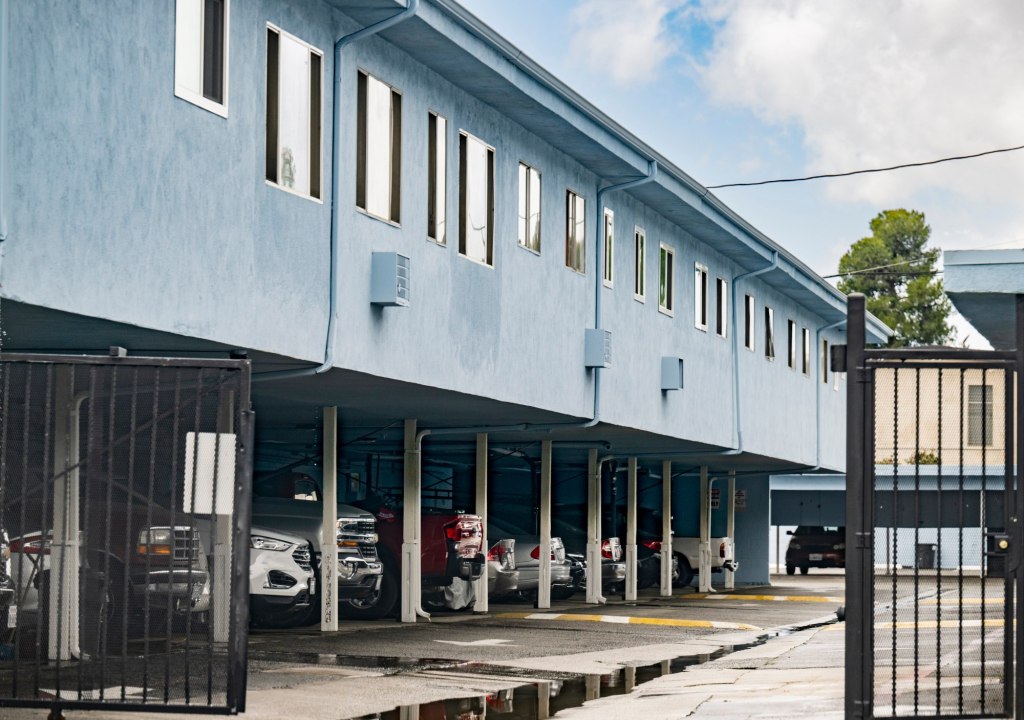As California faces a budget deficit, one lawmaker is hoping to protect a grant program for old housing most vulnerable to collapse during earthquakes from becoming a fiscal casualty.
Before the California Legislature this year is a bill to reinstate $250 million in grant funding for owners of two to 20-unit soft story apartment buildings to upgrade them to be more resilient and stable in an earthquake.
Soft story apartments, most of which were built in the early-to-late 1900s, have open parking or retail spaces on the first floor with housing units built on top. Because the ground story has inadequate support, they’re prone to crumble and fall during a major quake.
“These structural vulnerabilities were created not by anyone’s negligence but because the buildings were designed and built before seismic codes really were developed in California,” Janiele Maffei, chief mitigation officer for the California Earthquake Authority, a privately-funded residential earthquake insurer, said.
Most Californians live within 30 miles of an active fault zone, Maffei said, including the longest one in the state: the San Andreas Fault that runs right through densely-populated Los Angeles County.
In Orange County, the 47-mile Newport-Inglewood Fault extends through coastal communities to Newport Beach, and the northern part of the county is located adjacent to the Whittier Narrows Fault.
There isn’t an exact inventory of soft story apartment housing in Orange County, said David Cordero of the Apartment Association of Orange County, but the north and central regions of the county, as well as some of the coastal cities, have an older apartment stock — in particular, these soft story constructions. Specifically, Cordero pointed to Anaheim, Buena Park, Fullerton, Huntington Beach, Santa Ana and Westminster as cities with more soft story apartments.
South Orange County, Cordero said, was largely developed when more seismically durable construction techniques were…
Read the full article here






